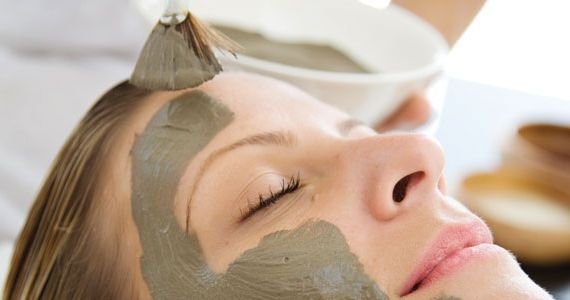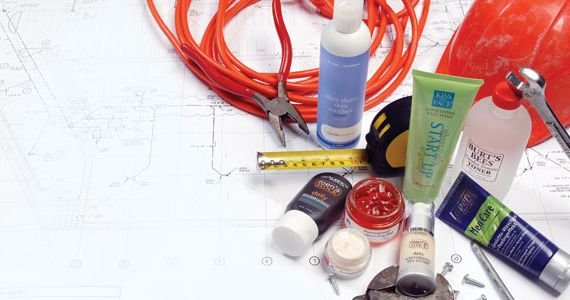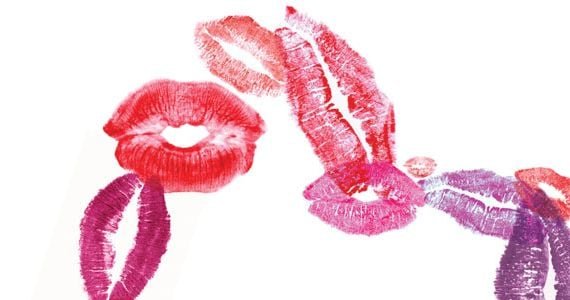Mud often carries a negative connotation, but it turns out that mud, dirt, and soil are packed with health benefits that can contribute to our well-being and happiness.
Mud is frequently associated with unpleasantness, and words like soil, dirt, and mud evoke images of the grimier aspects of life. We talk about someone having a “soiled reputation,” and when someone is in trouble, their name becomes “mud.” Gossip often involves “dishing dirt” about others.
In our efforts to combat disease and filth, we have developed a somewhat negative view of dirt. However, mud—and soil in general—harbors many beneficial properties that can promote health and happiness.
Finding Joy in the Dirt
The intriguing link between dirt and happiness emerged from a study where cancer researchers administered the soil bacterium Mycobacterium vaccae (M. vaccae) to a group of cancer patients. The aim was to investigate if combining this bacterium with traditional chemotherapy would lead to longer survival rates.
While the study did not find extended lifespans for those receiving M. vaccae, participants reported a significantly improved quality of life. Extending this research, a study from Bristol University revealed that mice exposed to M. vaccae showed increased levels of serotonin, a hormone believed to alleviate depression.
Another beneficial microbe, Salinispora tropica, found on the ocean floor, is generating buzz for its antibiotic and cancer-fighting properties, and it is currently being tested as a treatment for multiple myeloma, a type of bone marrow cancer.
Gardeners have long appreciated the joy of working the soil. Modern horticultural therapy leverages the mood-boosting effects of digging in the dirt, helping patients gain both physical and psychological benefits, from improved circulation to heightened self-esteem stemming from their gardening achievements.
The Hygiene Hypothesis
Looking closely at our overly sanitized environments, evidence points to the necessity of some dirt for a robust immune system. The hygiene hypothesis suggests that our immune systems require stimulation to strengthen, and when they lack challenges, we become more susceptible to allergies.
In one intriguing study, researchers predicted that children raised in cleaner, less polluted surroundings would show fewer allergies. However, after analyzing children from East and West Germany post-Berlin Wall, they found the opposite.
Alongside this, asthma rates were higher among children in affluent West Germany compared to those from the less wealthy East. The study indicated that the East German lifestyle—with larger families and a more rural background—allowed greater exposure to infectious agents, thus providing more opportunities to strengthen their immune systems.
While a return to primitive living isn’t advisable, the evidence suggests our ideal environments shouldn’t be entirely sterile.
Practicing Safety
For those with healthy immune systems, the dangers posed by dirt can be minimal. By following basic cleanliness practices, we can protect ourselves from serious infections. Regular hand washing with simple soap and water is one of the best methods for infection prevention. It’s worth noting that antibacterial soaps can sometimes foster the development of stronger bacteria that survive their effects.
In the kitchen, ensuring all surfaces are clean, refrigerating perishables promptly, keeping raw meats contained to avoid cross-contamination, and using a thermometer for cooking meats are all essential practices to maintain hygiene.
Ultimately, it’s about finding a balance between cleanliness and a little mess. It’s beneficial to immerse ourselves in nature, to feel mud on our skin, to enjoy some time in the garden, and even to indulge in a mud mask. Embracing mud can enhance our health and happiness.
Mud, Wonderful Mud
Interestingly, mud’s image in beauty products remains largely positive. The natural elements of the earth have been incorporated into cosmetics since ancient times; even Cleopatra is said to have enhanced her beauty with mineral pigments derived from iron oxide. Today, we continue to extract minerals from the earth for our cosmetics, especially with the recent popularity of mineral makeup.
Companies like Golden Moor utilize Ontario mud in their pampering spa products, such as body scrubs and mud bath powders. Reputable brands like Origins, Lush, the Body Shop, and Burt’s Bees harness the power of clays in their masks to reduce pore size and rejuvenate skin. Always check the ingredient list for natural components like kaolin, china clay, and bentonite.






